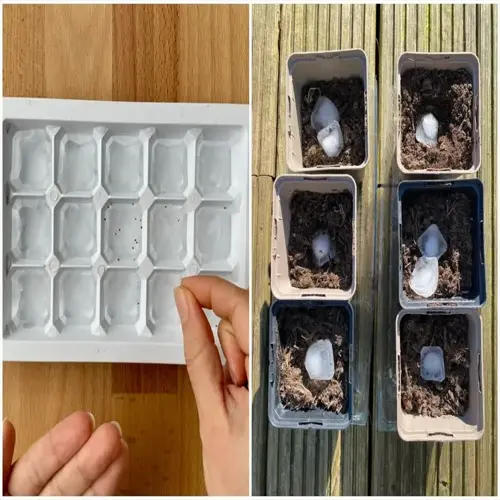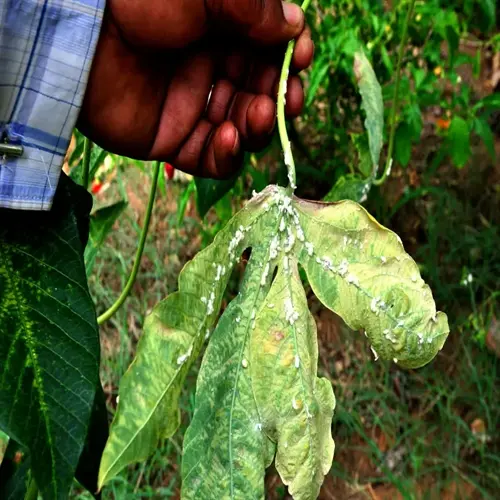How do I diagnose nutrient deficiencies in tomatoes?

Written by
Liu Xiaohui
Reviewed by
Prof. Martin Thorne, Ph.D.The appearance of leaves indicates nutrient shortages in tomato plants. When older leaves are yellowing, the tomato is experiencing a nitrogen deficiency. Purple undersides of leaves show phosphorus shortage. Brown edges of leaves indicate potassium deficiency. Yellowing between veins indicates magnesium deficiency. Recognizing those telltale signs will help you use the right remedy before it becomes a real problem.
Macronutrient Shortages
- Nitrogen: Overall yellowing starting from bottom leaves
- Phosphorus: Purple stems and leaf undersides
- Potassium: Brown scorched edges on mature leaves
Micronutrient Issues
- Magnesium: Yellow between veins on older leaves
- Calcium: New leaves distorted with dead spots
- Iron: Yellow young leaves with green veins
Soil testing yields precise diagnoses. With home test kits, you measure pH and key nutrients. Professional lab tests provide elaborate analysis. I test the soil in my garden the spring before I plant. The results tell me exactly what amendments my tomatoes need, preventing any guesswork and imbalances.
Use targeted solutions correctly. Nitrogen fixation is best utilized as a liquid fertilizer. Types of phosphorus amendments, such as bone meal, require soil contact. Foliar sprays correct a magnesium deficiency very rapidly. Always water amendments in the well. Reobserve the leaves after 7-10 days for improvement.
Environmental influences affect nutrient absorption. Cold soils (<55°F) restrict phosphorus uptake. High pHs (>7.0) lock iron. Remember to adjust the soil's nutrient levels before adding supplements. Morning Glory tomatoes stopped showing iron deficiency symptoms after adjusting soil pH from 7.5 to 6.8 with sulfur amendments.
Balanced recurring care will fend off deficiencies later. Apply compost at least once a year to provide micronutrients. Fertilize with slow-release organic fertilizers. Mulch conserves nutrients in the soil. Crop rotation prevents the depletion of the same nutrients each year. Healthy tomatoes are more resistant to pest damage and tend to produce more fruit over the entire season.
Read the full article: 8 Common Problems With Tomato Plants and Solutions

